Charles Sheeler

Charles Sheeler (1883-1965)
Trained at the School of Industrial Art and the Pennsylvania Academy of the Fine Arts, Charles Sheeler, a Philadelphia native, first worked in the Impressionist manner of his teacher, William Merritt Chase. He soon adopted a more modernist style, however, and first achieved recognition through his association with New York avant-garde circles around artist and dealer Alfred Stieglitz and collectors Walter and Louise Arensberg. During the 1920s and 1930s Sheeler became the acknowledged creator of the Precisionist movement. This aesthetic was characterized by a smooth precise technique, a concern for realism, an interest in geometric forms, and a dependence on the photographic image. The modernist techniques and outlook of Precisionism were adapted by a number of American painters, including George Ault, Georgia O'Keeffe, Ralston Crawford, Elsie Driggs, and Niles Spencer. The subject matter of Precisionism was often nativistic: scenes of barns and skyscrapers as well as views of colossal machines and sprawling industrial plants that celebrated America's preoccupation with technology.
Sheeler became intensely interested in the vernacular architecture of Pennsylvania in the late teens. At that time he spent weekends at a country house near Doylestown, photographing and drawing the barns of rural Bucks County. It was a subject to which he would return throughout his career. In 1954 Sheeler was given a large retrospective exhibition at the University of California at Los Angeles. In 1959 a stroke left him unable to paint or operate a camera for the remaining years of his life.
On a Connecticut Theme #2 (Bucolic Landscape #2), 1958
Tempera on board, board: 14 1/2 x 17 ½ in. (36.8 x 44.5 cm); image: 7 1/2 x 10 5/8 in. (19.1 x 27 cm)
Signed and dated (lower right): Sheeler-1958
Charles F. Smith Fund (1976.3)
The subject of “On a Connecticut Theme #2” is a conglomeration of farm buildings near Old Town, Connecticut, about twenty-five miles from Ridgefield, where Sheeler lived from 1932 to 1942. (1) Sheeler's first visit to the site, in the late 1930s, resulted in “Silo” (1938; private collection), an iconic image of modern agriculture that was illustrated in “Life” and “Fortune”. In 1941 Sheeler returned to photograph the site along with Edward Weston. Both produced images of the entire barn complex, focusing on a long white building punctuated at the center by two projecting pedimented silos and flanked on one end by two smaller sheds. They also emphasized the abstract geometric forms of the triangular pediments, straight roof lines, and deep cast shadows as well as the detailed regularity of the buildings' siding, cables, and windows.
Sheeler's photographs served as a basis for several paintings: “White Sentinels” (1942; private collection, New York); “Gray Barns” (1946; Regis Collection, Minneapolis); “Blue Barns” (1946; whereabouts location unknown); “Family Group” (1950; Loch Haven Art Center, Orlando); and “On a Connecticut Theme” (1958; Whitney Museum of American Art, New York). (2) The New Britain work is one of two painted tempera studies related to “On a Connecticut Theme”.
Sheeler's early barns and factory buildings were simplified pared-down images, stripped of individual details in favor of an emphasis on abstract geometric forms. In late works, such as “On a Connecticut Theme”, Sheeler's designs became even more abstract, as forms were reduced to their essential components and the focus was placed on overlapping planes, interactions of light and shade, and shifting viewpoints. Compositions were often based upon one color—here, blue--which was applied flat and unmodulated within crisply outlined shapes.
Sheeler had always used photographic models for his paintings. By the late 1940s his picture-making process became more elaborate. By superimposing two or more negatives, he began to create composite photographs that he would then translate into paint. After experimenting with various combinations, Sheeler translated his chosen design into a small-scale pencil drawing. He then attached the drawing to a piece of glass or Plexiglas to work out the color relationships that he would use in the final painting. The Plexiglas allowed him to scrape off and reapply paint numerous times. Small tempera sketches, like “On a Connecticut Theme #2”, functioned either as preparatory studies or, in this case, as records of the finished paintings. (3) The New Britain tempera study is virtually identical to the finished oil, except for slight variations in color due to the different media. An earlier version in tempera on Plexiglas (Christie’s, New York, Sale, May 26, 1994, lot 132) exhibits a few differences in the design of the fences, the grassy areas, and the shadows in the barnyard in the foreground.
Sheeler originally designated this series of paintings “Bucolic Landscape”. The title was changed to “On a Connecticut Theme” after Sheeler's dealer, Edith Halpert, teased him about the sentimental, pastoral connotations. (4)
MAS
BIBLIOGRAPHY:
Constance Rourke, “Charles Sheeler, Artist in the American Tradition” (New York: Harcourt, Brace, 1938); Frederick S. Wright, “Charles Sheeler: A Retrospective Exhibition”, exhib. cat. (Los Angeles: Art Galleries, University of California at Los Angeles, 1954); Martin L. Friedman, “Charles Sheeler” (New York: Watson-Guptill, 1975); Theodore E. Stebbins, “Charles Sheeler: The Photographs” (Boston: Little, Brown & Co., 1987); Carol Troyen and Erica E. Hirschler, “Charles Sheeler: Paintings and Drawings” (Boston: Little, Brown & Co., 1987); Karen Lucic, “Charles Sheeler and the Cult of the Machine” (London: Reaktion Books, 1991).
NOTES:
1. Troyen and Hirschler, “Charles Sheeler”, p. 180.
2. Ibid., pp. 162, 180-82.
3. Ibid., pp. 42, 214. In her catalogue raisonné of Sheeler's work, Lillian Dochterman used "No. 2" in the title to indicate that the tempera painting was executed after the larger oil. She did not, however, record the tempera on glass or Plexiglas studies. (“The Stylistic Development of the Work of Charles Sheeler," Ph.D. diss., State University of Iowa, 1963, p. 147).
4. Edith Halpert to Lawrence H. Bloedel (original owner of the finished oil painting “On a Connecticut Theme”), June 2, 1958, Whitney Museum of American Art, New York, archives.

